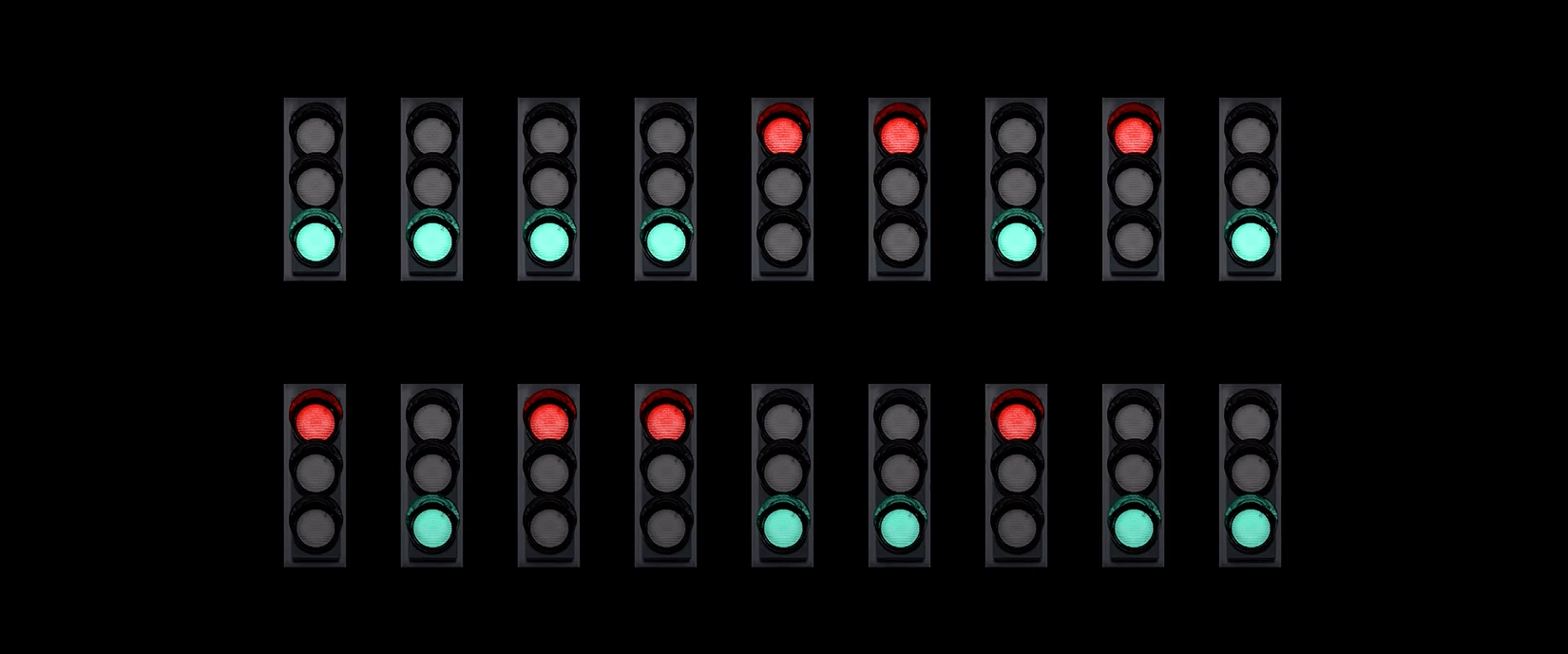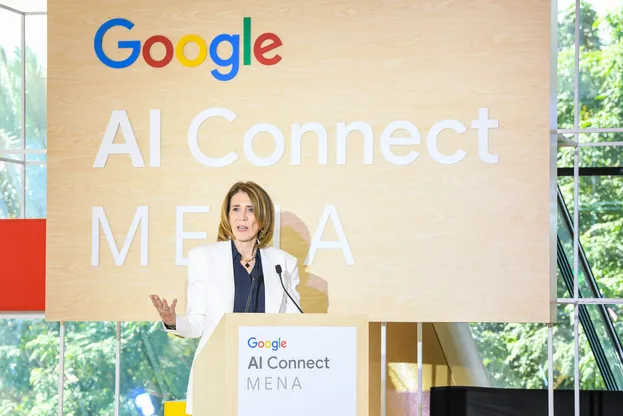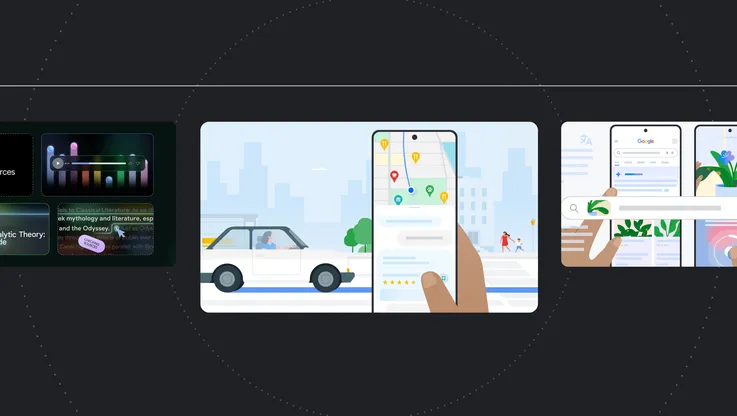How Google uses AI to reduce stop-and-go traffic on your route — and fight fuel emissions

At the start of 2020, a team within Google Research was asked to explore new ideas for research projects that focused on accelerating climate mitigation. “We were looking into all kinds of big ideas, from cultivated meat to energy to air pollution,” Dotan Emanuel, a software engineer on the team, says.
At the dinner table one evening, Dotan shared some of those big ideas with his family — and the conversation soon pivoted to a frustration familiar to many of us: “My wife Osnat said, ‘Why don’t you do something about traffic lights? We stand at them for no good reason,’” he recalls.
Road transportation is responsible for significant global and urban greenhouse gas emissions. It’s especially problematic at city intersections where pollution can be 29 times higher than on open roads, and about half of these emissions come from traffic accelerating after stopping. With millions of traffic lights across the world, the scale of the problem was huge — and if Google could do something to address it, so was the opportunity.
“My initial thought was that we can’t do anything about traffic lights,” Dotan says. “But when it comes to research, the most fascinating challenges lie in the unknown.”
With their curiosity sufficiently piqued, Dotan and his team dug into the mechanics of traffic engineering. They found that while some amount of stop-and-go traffic is unavoidable, a portion can be prevented by optimizing traffic light timing. To do that, cities traditionally needed to either install expensive hardware or run time-consuming manual vehicle counts, neither of which provide complete information on key parameters they need.
“We quickly understood we have a strong advantage that cities could benefit from — over a decade of Google Maps driving trends from across the globe,” Dotan says. “And a few weeks later, we had a project proposal ready.”
That proposal was for Project Green Light, an initiative that uses AI to make recommendations for city engineers to optimize existing traffic lights and reduce stop-and-go emissions. After evaluating dozens of other great ideas, Green Light was chosen for its simplicity, scalability and potential for impact.
The Green Light team used Google Maps’ driving trends to create an AI model that measures how traffic flows through an intersection, including patterns of starting and stopping, average wait times at a traffic light, and coordination between adjacent intersections. The model identifies possible improvements, like shaving off several seconds from a red traffic light during off-peak hours or an opportunity to coordinate between intersections that aren’t yet synced. The city’s engineers then review those recommendations and can implement them in as little as five minutes, using their city's existing infrastructure.
“In order to achieve a positive climate impact, we want to be able to deploy high-quality Green Light recommendations to many cities globally and scale fast. So we purposely set up everything to be simple and lightweight — cities don’t need to invest in any dedicated software or hardware integrations,” says Green Light Program Manager Alon Harris. “We just share our recommendations with the city, and then they evaluate them and take action.”
Since their first pilot in 2021, the team has tested more and more intersections, developed more accurate predictions and took Green Light on the road to more than a dozen cities across the world, including Rio de Janeiro, Seattle, Bengaluru, and most recently, Boston. The team also developed a comprehensive dashboard to easily share recommendations and analytics with partner cities, while continuing to monitor for any new needed changes.

The Green Light dashboard provides city-specific actionable recommendations and supporting trends. After a recommendation has been implemented, the dashboard shows an impact analysis report.
“We offer each city dedicated reports with tangible impact metrics, such as how many stops drivers saved at an intersection over time. We think that’s going to be a real incentive to not just implement the first recommendations, but also bring Green Light to more intersections,” Alon says.
Today, Green Light is live in over 70 intersections, helping to save fuel and lower emissions for up to 30 million car rides monthly. Early numbers indicate the potential to reduce stops by up to 30% and reduce emissions at intersections by up to 10%.
The team is working to scale Green Light to hundreds of cities and tens of thousands of intersections in the next few years. And on that road to making the world a little better, they hope helping people experience less stop-and-go traffic will spread some joy along the way.
“You know when you drive through a sequence of five green lights, and it feels like your lucky day?” Dotan says. “We want to make that feeling more common to more people around the world.”







